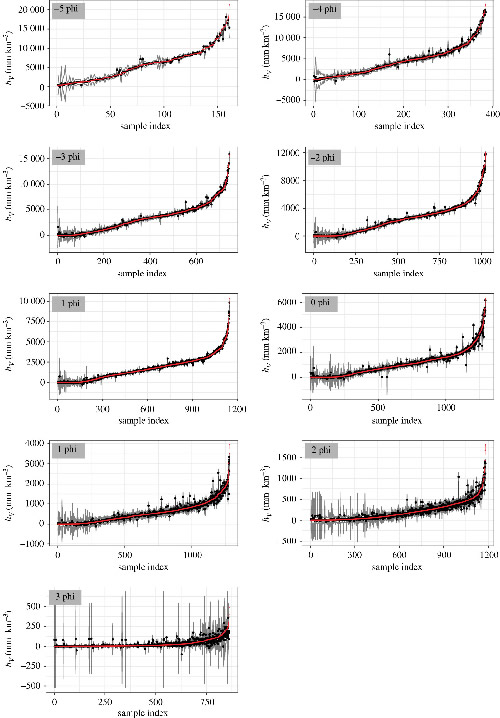Novel statistical emulator construction for volcanic ash transport model Ash3d with physically motivated measures

Yang Q., E.B. Pitman, E. Spiller, M. Bursik, A. Bevilacqua (2020).
Proceedings of the Royal Society A – mathematical, physical and engineering sciences, 476/2242, http://doi.org/10.1098/rspa.2020.0161.
Abstract
Statistical emulators are a key tool for rapidly producing probabilistic hazard analysis of geophysical processes. Given output data computed for a relatively small number of parameter inputs, an emulator interpolates the data, providing the expected value of the output at untried inputs and an estimate of error at that point. In this work, we propose to fit Gaussian Process emulators to the output from a volcanic ash transport model, Ash3d. Our goal is to predict the simulated volcanic ash thickness from Ash3d at a location of interest using the emulator. Our approach is motivated by two challenges to fitting emulators—characterizing the input wind field and interactions between that wind field and variable grain sizes. We resolve these challenges by using physical knowledge on tephra dispersal. We propose new physically motivated variables as inputs and use normalized output as the response for fitting the emulator. Subsetting based on the initial conditions is also critical in our emulator construction. Simulation studies characterize the accuracy and efficiency of our emulator construction and also reveal its current limitations. Our work represents the first emulator construction for volcanic ash transport models with considerations of the simulated physical process.


Devi effettuare l'accesso per postare un commento.